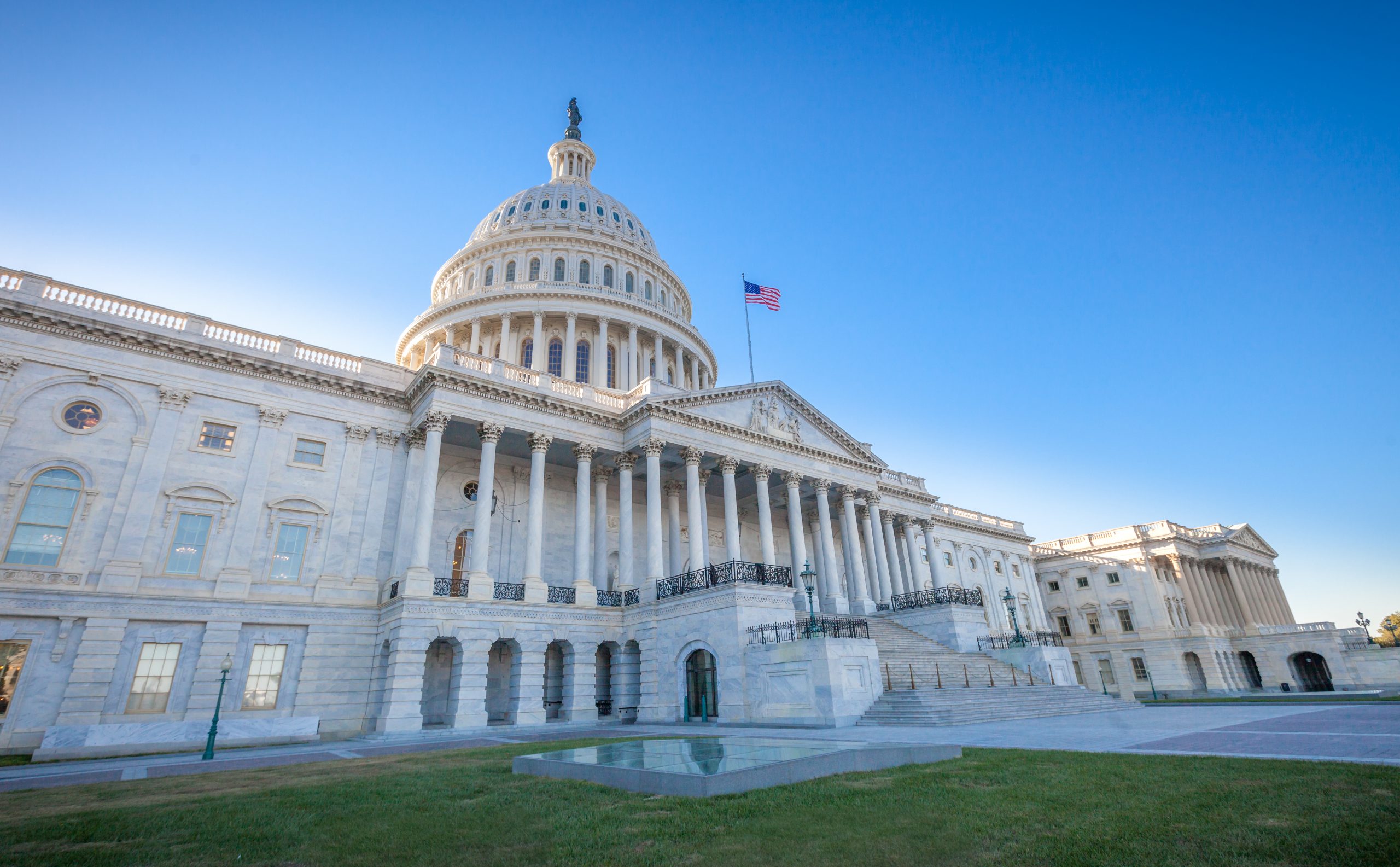Government Affairs and Advocacy
Sept. 25 Federal Update: Federal Budget Negotiations Collapse 10 Days Before Potential Government Shutdown
On Thursday, the House of Representatives went on recess without passing a single funding bill—just 10 days before the federal government is scheduled to run out of money. Speaker of the House Kevin McCarthy (R-Calif.) tried and failed twice last week to pass a defense spending bill, all with the hope of building momentum in the chamber to pass a short-term continuing resolution that would fund the entire government. His latest overture to the hard-right members of his caucus included an 8% reduction in domestic spending, more stringent immigration laws, and establishment of a fiscal commission to recommend changes to entitlement spending. His proposed spending level was $1.526 trillion, $64 billion less than what he agreed to with President Joe Biden earlier this year and a non-starter in the Democratic-controlled Senate.
Despite these concessions, members of the far-right scuttled the defense spending bill, sending the entire process into chaos. With time ticking toward the Sept. 30 deadline, it is unclear how Speaker McCarthy intends to pick up the pieces and avoid a disastrous government shutdown that, by some estimates, would cut GDP by 0.2 percentage points for each week in duration and could force the economy into a recession.
Democrats Introduce Bill to Save Child Care
On Sept. 13, leading Democrats in the Senate and House of Representatives introduced the Child Care Stabilization Act, which would fend off an impending catastrophe in the child care sector by funneling money to providers. The bill, co-sponsored by Sens. Patty Murray (D-Wash.) and Bernie Sanders (I-Vt.) and Representative Kathryn Clark (D-Mass.), would dedicate $16 billion per year in mandatory funding for the next five years to child care providers, keeping the sector afloat after a series of tumultuous years during and after the pandemic. On Sept. 30, $24 billion in stabilization assistance, which has been a lifeline to the sector, is set to expire.
According to one analysis from The Century Foundation, if no additional funding is found, 70,000 child care programs would shutter, 3.2 million children would lose care, 232,000 workers would be out of jobs, and states would lose $10.6 billion in tax and business revenue. The Child Care Stabilization Act would continue this much-needed funding stream and ensure child care centers can provide high-quality and affordable child care.
HUD Announces New Awards to Tackle Youth Homelessness
On Sept. 20, The Department of Housing and Urban Development announced $60.3 million in awards for efforts to end youth homelessness in 16 communities. The program, called the Youth Homelessness Demonstration Program, funds a variety of services depending on local needs, including rapid rehousing, host homes, and transitional housing. During the awards process, HUD engaged youth who had experienced homelessness, eliciting their feedback on applications.
Award recipients will use the funds to tackle their communities’ unique challenges, with a special focus on equitable approaches to disproportionately affected groups, including BIPOC, LGBTQIA+, and differently abled youth. Each community is required to create Youth Action Boards, which are led by youth with lived experience and strive to design and improve programs. In total, 110 communities have received $440 million through the Youth Homelessness Demonstration Program. In preparing this round of recipients, HUD worked closely with the Department of Health and Human Services, the Department of Education, and the U.S. Interagency Council on Homelessness to support development of the program. YHDP is part of the Biden-Harris Administration’s All In initiative, which seeks to reduce homelessness by 25% by 2025.
New Initiative Focuses on TANF and Child Welfare Collaboration on Prevention
The Office of Family Assistance and the Children’s Bureau, within the Administration for Children and Families, announced a joint initiative called Families Are Stronger Together (FAST), which will create a new Temporary Assistance for Needy Families (TANF) learning community built around collaboration between TANF and child welfare agencies, with a special focus on prevention. Because one of TANF’s goals is to ensure children are supported in their own home or in the home of relatives, TANF has a large role to play in providing economic assistance to struggling families. The learning community will develop new strategies for coordination between TANF and child welfare agencies that support families and prevent poor outcomes for children. Over the 12-month initiative, 10 teams made up of TANF and child welfare agencies from different states will work with coaches, attend in-person gatherings, and receive technical assistance.
Subscribe to the Policy and Advocacy Radar to receive our biweekly policy roundup, which includes commentary on issues in Social Current’s federal policy agenda, opportunities to take action, and curated news and opportunities.

